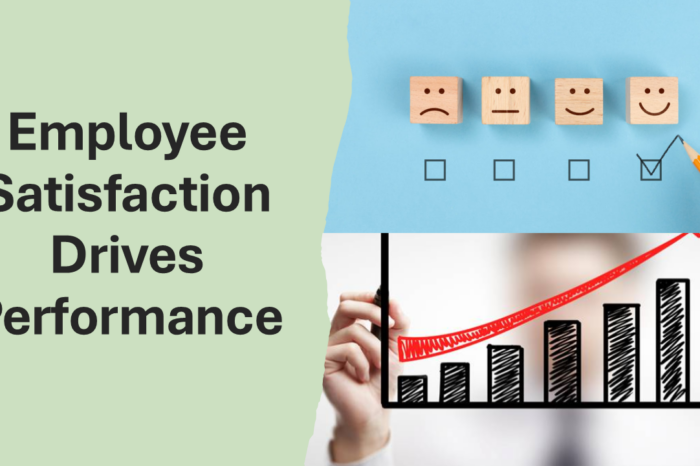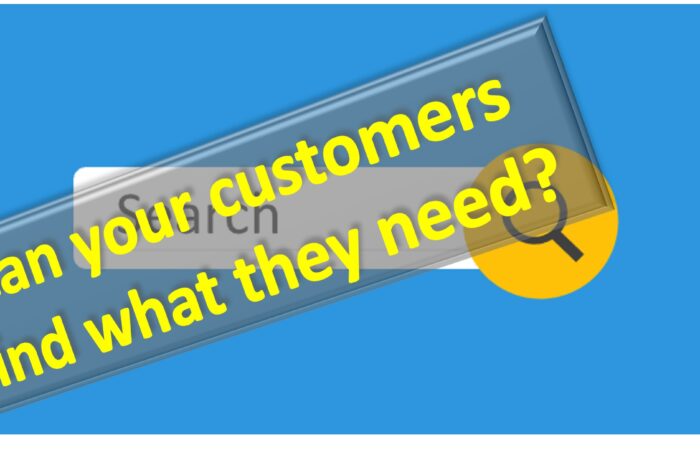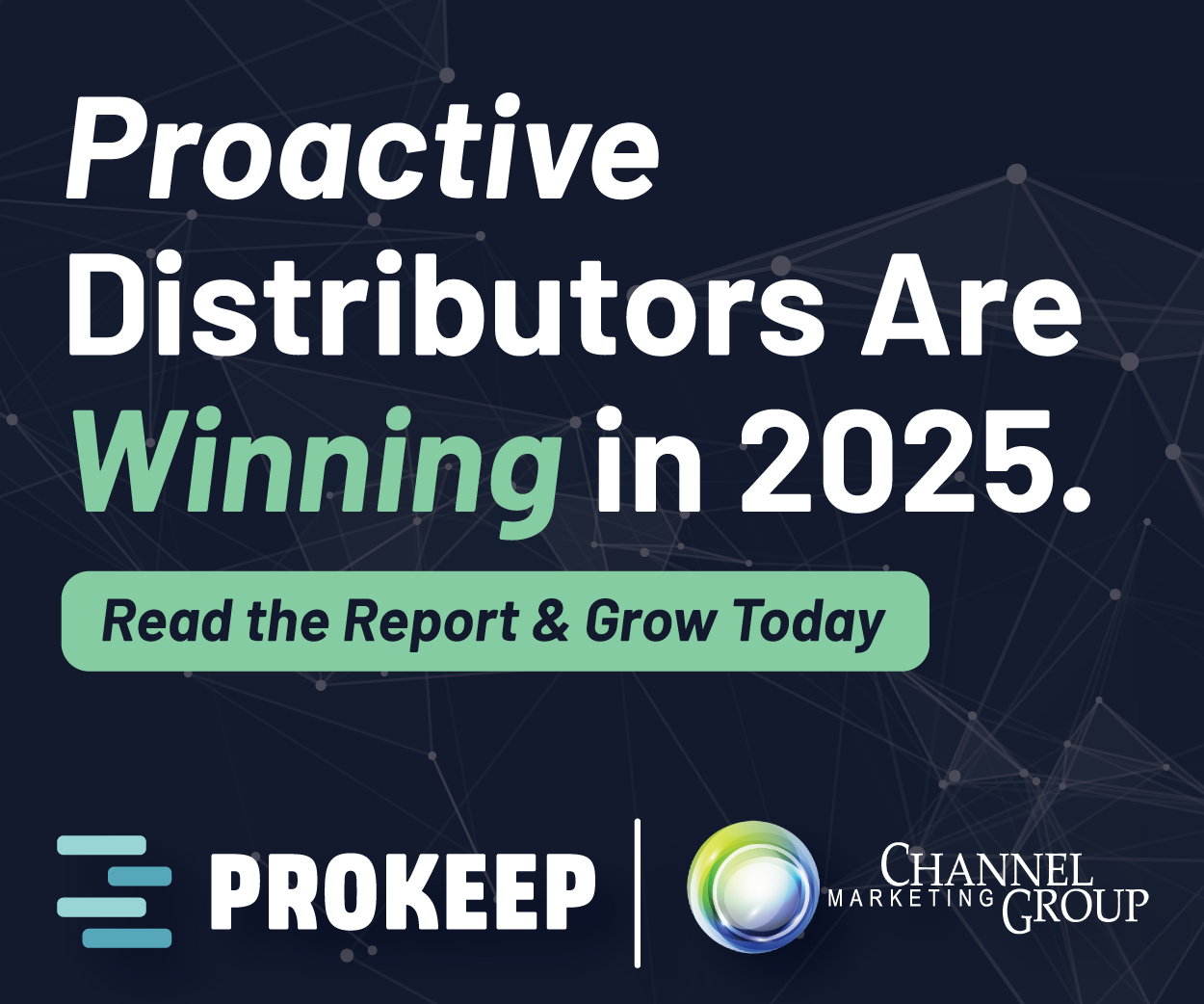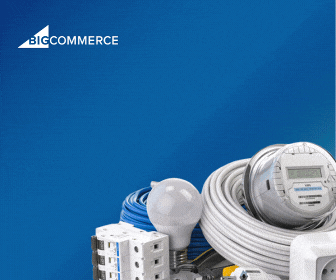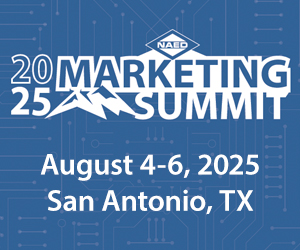Are you satisfying your customer?
 Every manufacturer, rep and distributor know that they have satisfied customers. How? Because a core element of their customers continues to do business with them. They question then becomes, do you know how well you are meeting their expectations and hence how satisfied they are with you? This difference can determine what percentage of their business they award you … and it helps drive your value, your relationship and, inevitably, the profitability of that customer with you.
Every manufacturer, rep and distributor know that they have satisfied customers. How? Because a core element of their customers continues to do business with them. They question then becomes, do you know how well you are meeting their expectations and hence how satisfied they are with you? This difference can determine what percentage of their business they award you … and it helps drive your value, your relationship and, inevitably, the profitability of that customer with you.
Most companies are well-connected with their key customers. Consider, for the average distributor, 10-20% of customers are assigned accounts, and they represent 70-85% of sales. This is your core.
Some unassigned accounts as well as assigned accounts where you know you are underpenetrated are, essentially, less than completely satisfied with you. They may “like” you but, realistically, you are not meeting their expectations … at least enough to earn a greater share of their business.
This then begs the question of “are you satisfying your customers?”
Dan Reidell, a former independent manufacturer representative and recently turned consultant, posed this question during a recent conversation, so I asked him to share more. As a rep, Dan had a unique position in the channel. He sees how manufacturers perform for their distributors and reps AND saw how they interacted with end-users / contractors. He had a similar, albeit 3rd party view, of distributors. And he knows rep workflows. He’s sharing his thoughts on satisfaction.
Are you satisfying your customers?
 “You can consider the electrical industry to be a supply chain, and you wouldn’t be wrong. A person might also consider it to be an interconnected web or people, products, and processes. On one side, you have manufacturers creating the products that make electricity use possible. On the other hand, the contractors who bring those products to life in equipment and buildings. The representatives negotiate, and the distributors store and ship. And let’s not forget the engineers, architects, and end users—each a nexus fulfilling their role in the life of the industry.
“You can consider the electrical industry to be a supply chain, and you wouldn’t be wrong. A person might also consider it to be an interconnected web or people, products, and processes. On one side, you have manufacturers creating the products that make electricity use possible. On the other hand, the contractors who bring those products to life in equipment and buildings. The representatives negotiate, and the distributors store and ship. And let’s not forget the engineers, architects, and end users—each a nexus fulfilling their role in the life of the industry.
And all of it hinges on pricing. Lower pricing. Higher pricing. Margins. Tariffs. Sure, pricing is important. But let’s be honest. We’ve all seen a project go off the rails even with the best price available. Price is one part of the picture that does get lots of attention. I’d like to suggest something that impacts each transition in the industry: customer satisfaction.
Let’s take this journey back to where it starts: the products. A product is designed, made, sold, stored, and then used. Simple, right? But it’s in the real world where things can go awry. Maybe a production date is missed, an email goes unanswered, or a simple ordering mistake happens. When everything is performed to the minimum, each little bump in the road can feel like a catastrophe. A project stalls, excuses are shared, and worry begins. When the tempers flare, trust erodes all around. Trust erodes in the brands, in the people, in the processes. Reputations are damaged. And why? Because customer expectations were not met.
Before we start anywhere else, we need to get the basics right. First, it’s about consistently meeting the minimum requirements.
- As a manufacturer, that means delivering a high-quality, competitively priced product on time.
- As a distributor, it’s about accurate order fulfillment and reliable delivery to the job site.
- And for the representative, it’s about staying on top of every opportunity and solving problems before they even arise.
Be accountable for your role and communicate effectively. This is the baseline—the entry ticket. But this only gets you to the table. You become one of many options. Start with knowing and then meeting your customers’ expectations.
Once you’ve met the minimum requirements, you can move from just meeting expectations to actively exceeding them. This is the difference between a transaction and a relationship. What does that look like? Provide fast and friendly service. Maybe you offer flexible returns. Offer a meaningful alternative product that solves an issue. Follow up and say, ‘thank you.’ Surprise the customer by doing more than they expect.
Think about a time when a business surprised you by doing more than you expected. How did that make you feel? That feeling is what you’re trying to create for your customers. It’s the feeling of being valued. It’s the moment when you move from being just a vendor to a trusted partner.
But why stop there? The real magic happens when you move beyond just exceeding expectations to delighting your customers. This is when you prove that you genuinely care about their success. It’s an emotional connection that goes far beyond the product or the price.
When you reach this level, something incredible happens. Your customers become your biggest advocates. They’ll defend you when things get difficult because they know you have their back.
Some might argue that this kind of relationship doesn’t exist anymore, or that it’s too much work. To that, I would ask a few questions. What if exceeding expectations was the norm? What would happen to your relationships, your outlook, your opportunities if this were your new baseline? Are you willing to do what it takes to be better than you are today? Is customer satisfaction part of your core values? And – if it is – do you live it?
In our daily conversations, we cover a myriad of topics. We incessantly hear about the impact of AI. The economy is often a hot button. Complaints of shipping problems and long lead times. We have to separate that from what we can control. From there, we communicate effectively for the benefit of the customer to help meet (or exceed) their expectations. Your customers will win because of the incredible work you do. While you may feel like you’re working harder for nothing, you could not be further from the truth. You’ll build trust and confidence that are the foundation of future success. You’ll be building value that itself becomes profitable and resilient relationships.”
 Dan Riedell is an electrical industry veteran, family man, and self-proclaimed people-centric junkie who continues the quest to improve business performance and engagement wherever it leads. Dan recently launched his Focal Point Consulting practice.
Dan Riedell is an electrical industry veteran, family man, and self-proclaimed people-centric junkie who continues the quest to improve business performance and engagement wherever it leads. Dan recently launched his Focal Point Consulting practice.
Thoughts
Dan’s article took me back to an earlier time in my career. When I was in the performance marketing industry (yes, incentives and loyalty initiatives), we also helped companies with employee motivation, internal marketing, and people performance management. A big part of it was TQM (Total Quality Management). This led to understanding the definition of quality. Back to the Dr. Edwards W. Deming and Philip Crosby days. Crosby’s definition of quality was “Quality is conformance to customer requirements,” Pretty simple. Find out what they want, when they want it, and deliver it. Earlier can disrupt their process, same with later. Don’t deliver fewer or a substitute, deliver what “I” asked for.
And then, if you truly want to ask, “are you satisfied” you ask, “did we meet your expectations.” In the automotive industry, this is called SSI and CSI … Sales Satisfaction Index and Customer Satisfaction Index. SSI measure sales. CSI measures the entire buying experience.
Years ago, again, when I was in the performance marketing industry, we had a project to improve SSI and CSI scores for a Big 3 automotive company. I reviewed the 13 JD Power and identified that the answers to 4 questions correlated to the overall CSI and SSI scores.
It’s all about what you ask.
Channel Marketing Group offers a few customer satisfaction tools. Our
- Uncover strategy gathers customer insights and calculates a CSI score for your company, as well as can be calculated by branch or sales territory. Additionally, we solicit qualitative input.
- Our RepCare enables independent manufacturer representatives to solicit distributor input, and we have a version that gathers distributor input solely on your customer service / inside sales team.
- Our Rep360 facilitates manufacturers obtaining input from their reps.
- And we also do custom research for manufacturers to gather input from their customers.
If you are not gathering the Voice of the Customer, how do you know if they are satisfied? That you are meeting their expectations. That you are poised to retain and then grow the business.
To paraphrase Dan, “satisfaction builds value which builds profitable and resilient relationships.”
If you want to gain insights about your customers’ satisfaction, reach out to Dan or us.




